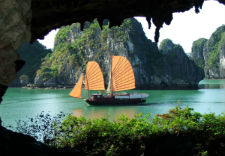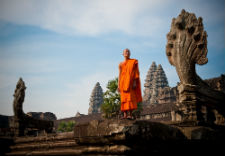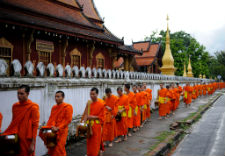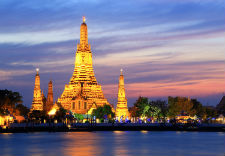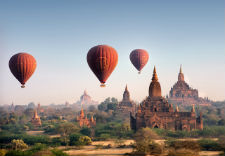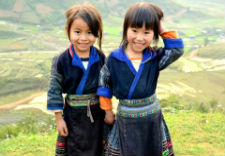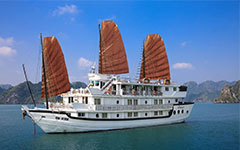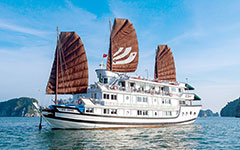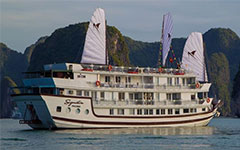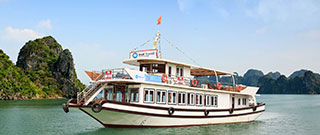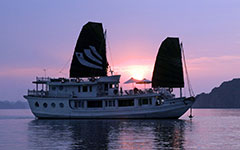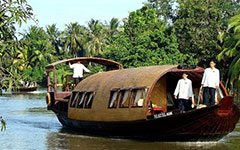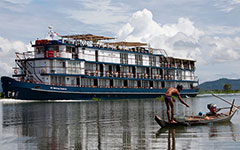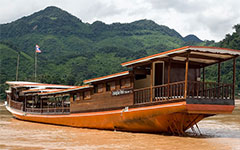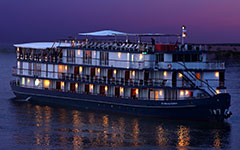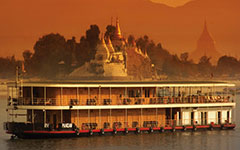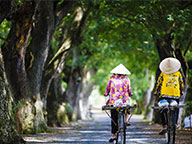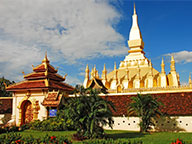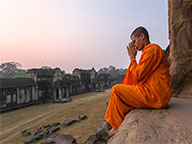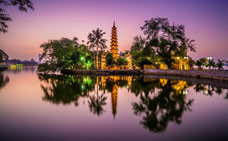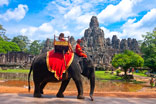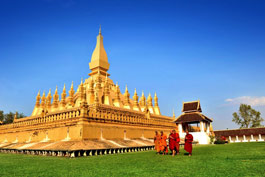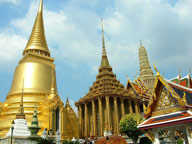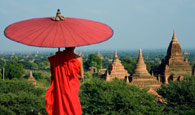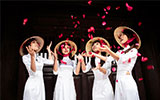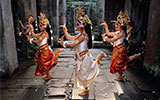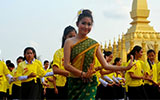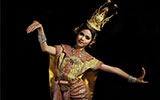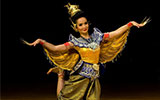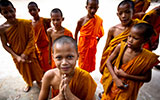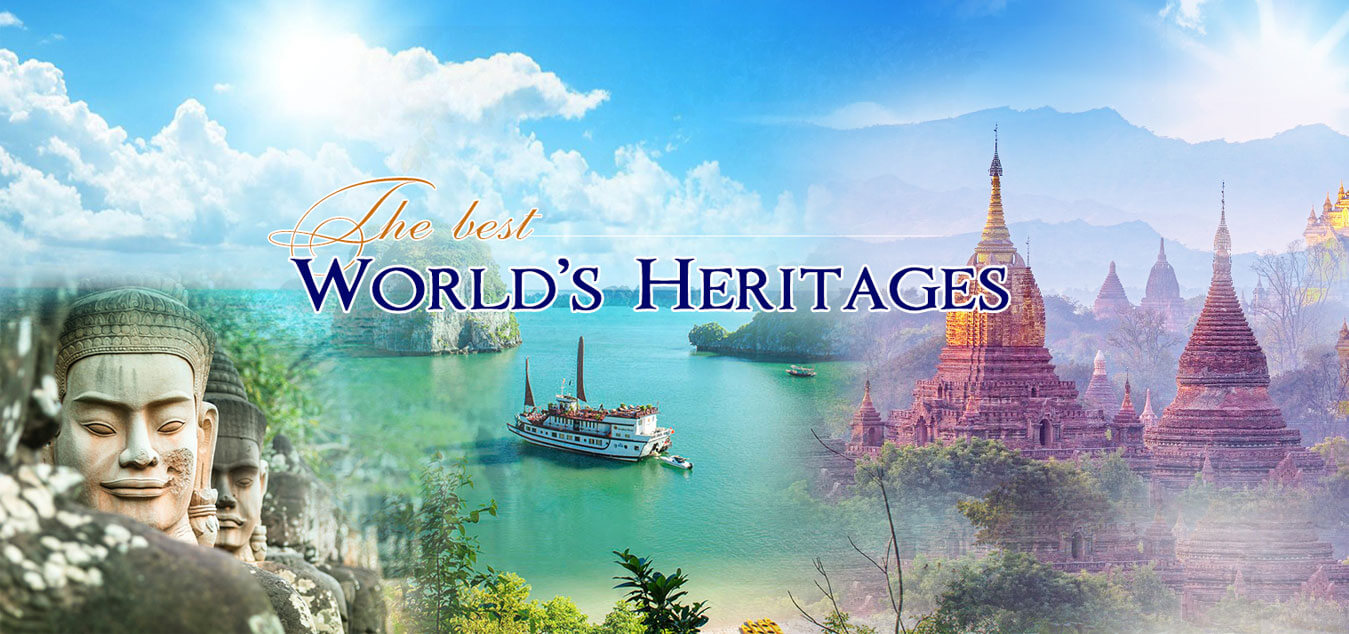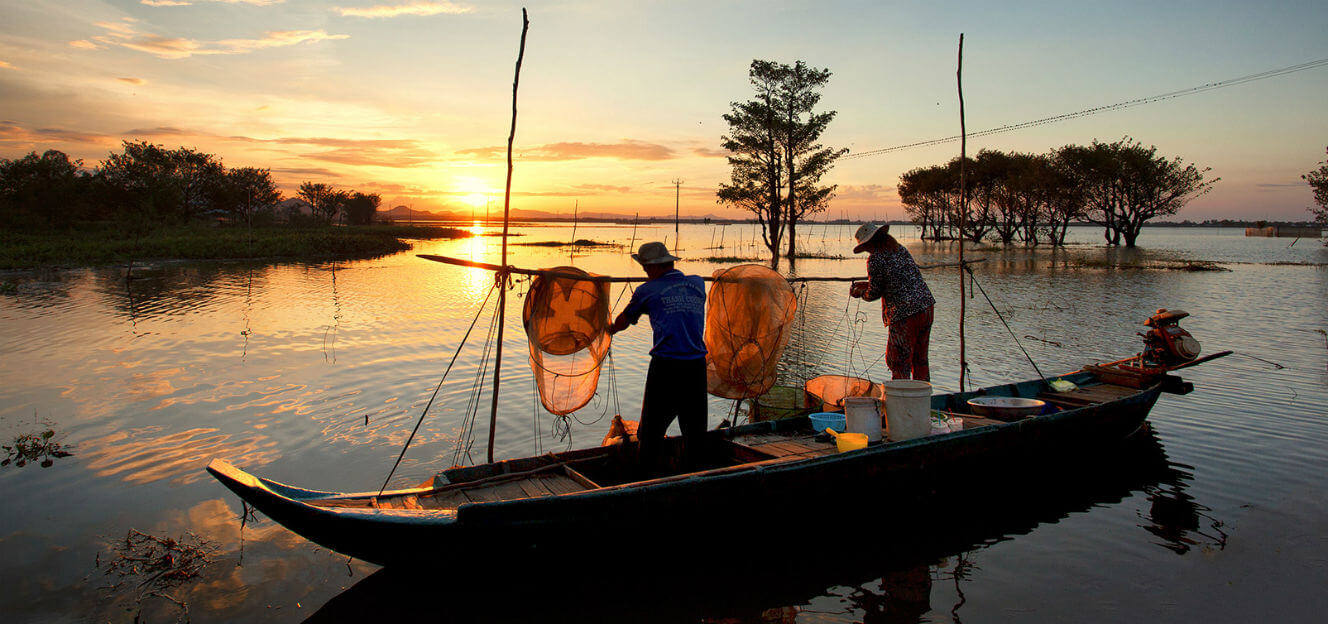Public Holidays
Business hour
Government offices : open from 8am to 11.30am or noon and from 1pm to 5pm Monday to Friday.
Shops: Open whole day from 8.00 Am to 8.00 AM
Tourist restaurants : from 11am to 11pm ( no breakfast)
There are 11 public holidays in Laos in 2017. Lao New Year is the most widely celebrated festival in Laos, the hottest time of the year in Laos, which is also the start of the monsoon season. although celebrations can last more than a week in towns like Luang Prabang.
Water is used for washing homes, Buddha images, monks, and soaking friends and passers-by. Students first respectfully pour water on their elders, then monks for blessings of long life and peace, and last of all they throw water at each other. The water is perfumed with flowers or natural perfumes
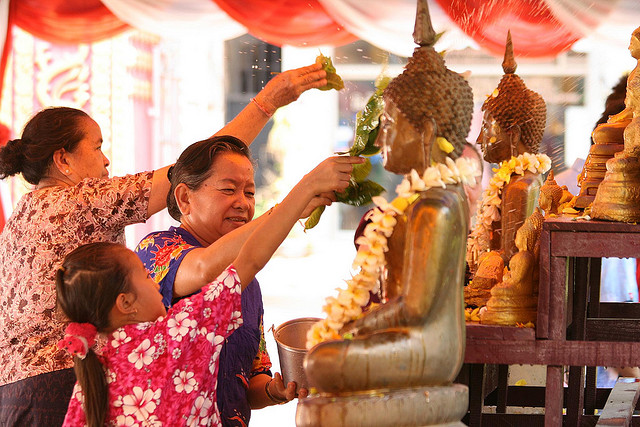
| Name |
Weekday |
Start Date |
End Date |
|
New Year's Day |
Sunday |
01 January |
Sunday, 01 January |
|
Pathet Lao anniversary |
Friday |
06 January |
Friday, 06 January |
|
Laos Army Day |
Friday |
20 January |
Friday, 20 January |
|
Chinese New Year |
Tuesday |
28 February |
Tuesday, 28 February |
|
International Women’s Day |
Wednesday |
08 March |
Wednesday, 08 March |
|
Lao New Year |
Friday |
14 April |
Sunday, 16 April |
|
Labour Day |
Monday |
01 May |
Monday, 01 May |
|
Children’s Day |
Thursday |
01 June |
Thursday, 01 June |
|
Lao Issara |
Sunday |
13 August |
Sunday, 13 August |
|
National Day |
Saturday |
02 December |
Saturday, 02 December |
|
New Year's Eve |
Sunday |
31 December |
Sunday, 31 December |
